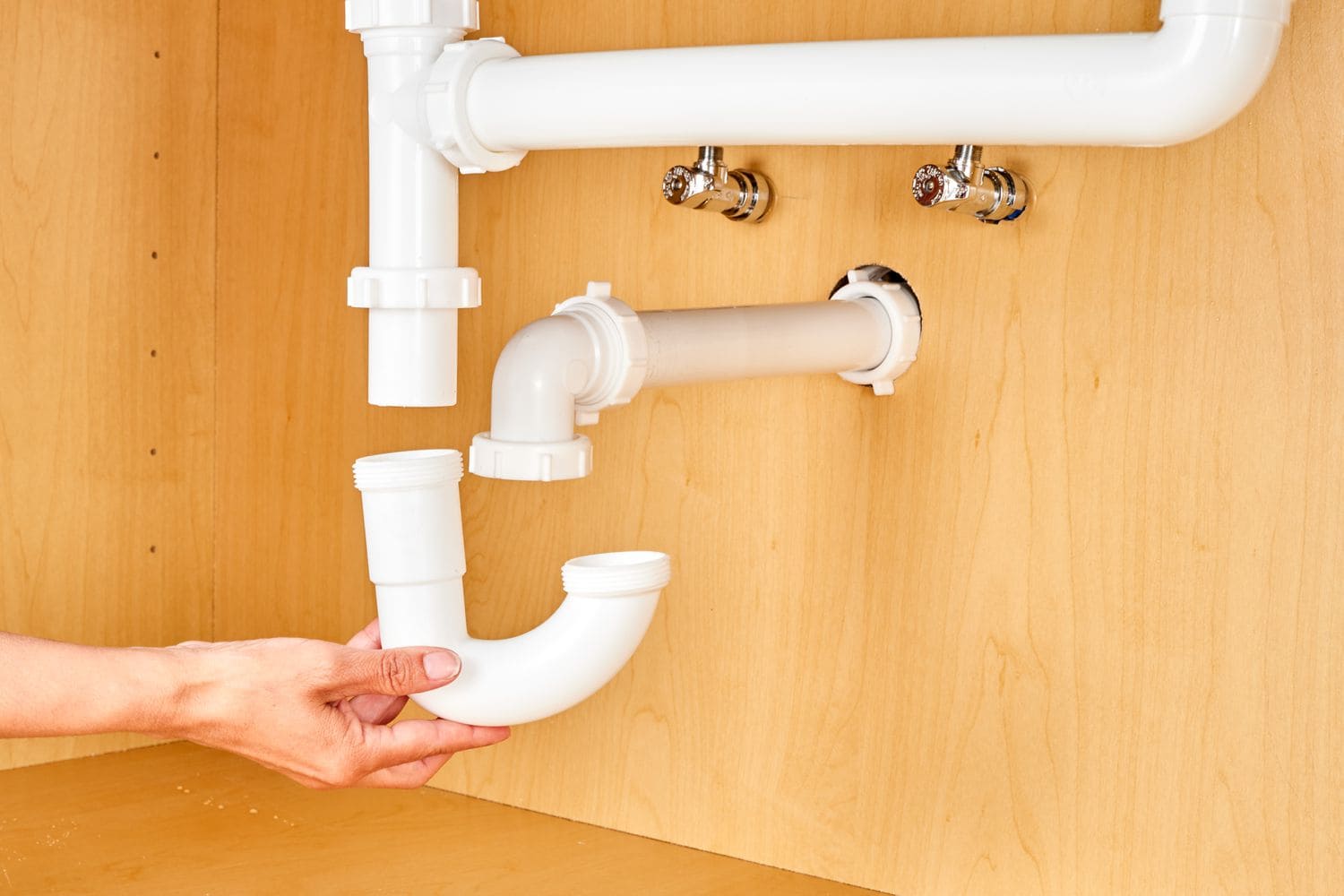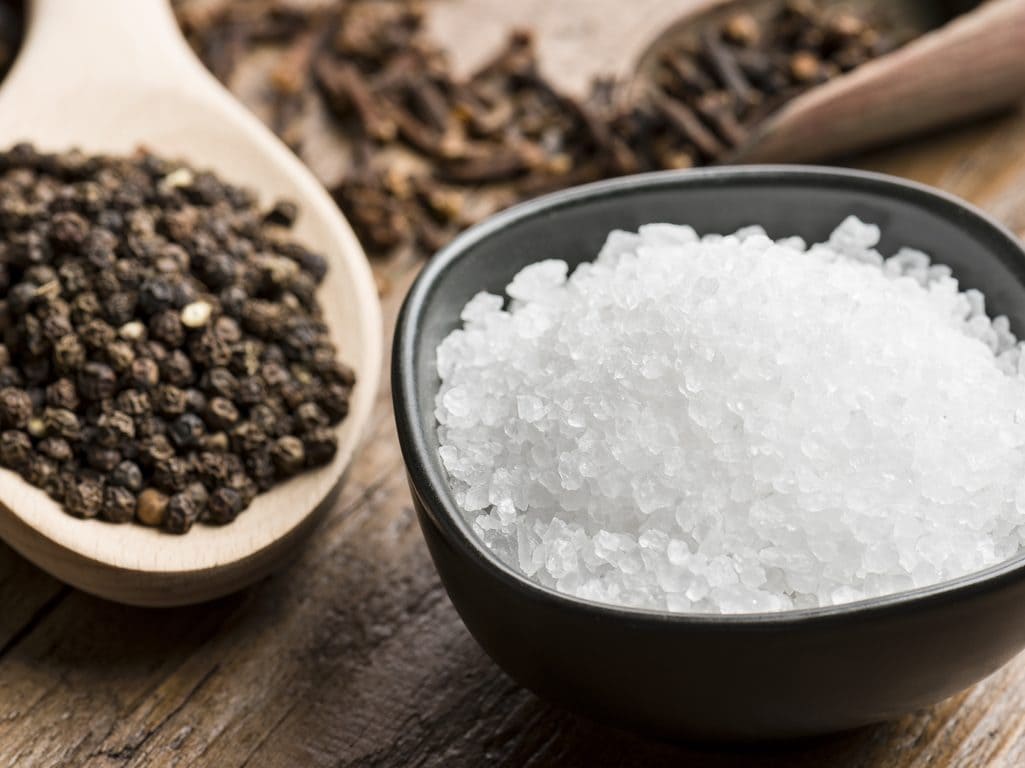Introduction:
Double sinks have become a popular choice in modern kitchens and bathrooms, offering convenience and functionality. Proper installation and plumbing are crucial to ensure efficient water flow and prevent issues like clogs and leaks. In this comprehensive guide, we’ll delve into the intricacies of a double sink plumbing system, providing a detailed diagram and step-by-step instructions for a successful installation.
Components of Double Sink Plumbing:
- Sink Bowls:
- Each sink bowl should have a drain opening connected to the plumbing system.
- Ensure that the sink bowls are properly sealed to prevent leaks.
- P-Trap:
- The P-trap is a U-shaped pipe designed to prevent sewer gases from entering the home.
- It traps water, creating a barrier that blocks odors from the drainage system.
- Tailpiece:
- The tailpiece connects the sink drain to the P-trap.
- It is essential to choose the correct length for a proper fit.
- Drain Pipes:
- Drain pipes connect the P-trap to the main waste line.
- Proper slope and alignment are crucial for efficient drainage.
- Vent Pipes:
- Vent pipes allow air into the plumbing system, preventing suction and facilitating proper drainage.
- Ensure proper venting to prevent gurgling sounds and slow drainage.
Step-by-Step Installation Guide:
- Gather Necessary Tools and Materials:
- Adjustable wrench
- Plumber’s tape
- Pipe cutter
- PVC pipes and fittings
- P-trap kit
- Plunger
- Remove Existing Plumbing (if applicable):
- If replacing an old sink or installing a double sink in a new location, remove the existing plumbing carefully.
- Install the Tailpieces:
- Connect the tailpieces to the sink drains using plumber’s tape.
- Adjust the length if necessary, ensuring a snug fit.
- Install the P-Trap:
- Connect the P-trap to the tailpieces.
- Ensure the U-shaped bend in the P-trap is filled with water to block sewer gases.
- Connect Drain Pipes:
- Use PVC pipes and fittings to connect the P-trap to the main waste line.
- Ensure a slight downward slope for proper drainage.
- Install Vent Pipes:
- Connect vent pipes to the drain pipes.
- Vent pipes should extend through the roof to allow proper air circulation.
- Check for Leaks:
- Turn on the water and check for any leaks.
- Tighten connections as needed.
- Test Drainage:
- Run water in both sinks simultaneously to ensure proper drainage.
- Use a plunger to clear any potential clogs.
Maintenance Tips:
- Regular Cleaning:
- Keep the drains clean by using a natural drain cleaner regularly.
- Monitor for Leaks:
- Periodically check for leaks around the sink bowls, P-trap, and drain pipes.
- Address Clogs Promptly:
- Use a plunger or drain snake to address clogs immediately.
Conclusion:
A well-planned and properly installed double sink plumbing system can enhance the functionality and aesthetics of your kitchen or bathroom. By understanding the components and following the step-by-step installation guide, you can ensure a reliable and efficient plumbing setup. Regular maintenance will further extend the life of your plumbing system, preventing common issues and ensuring a smooth flow of water for years to come.





